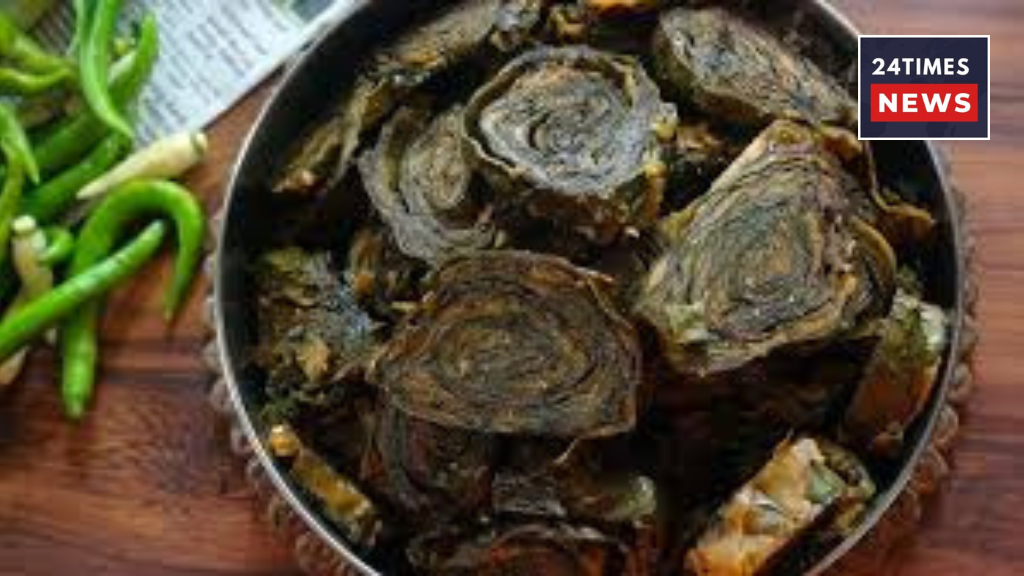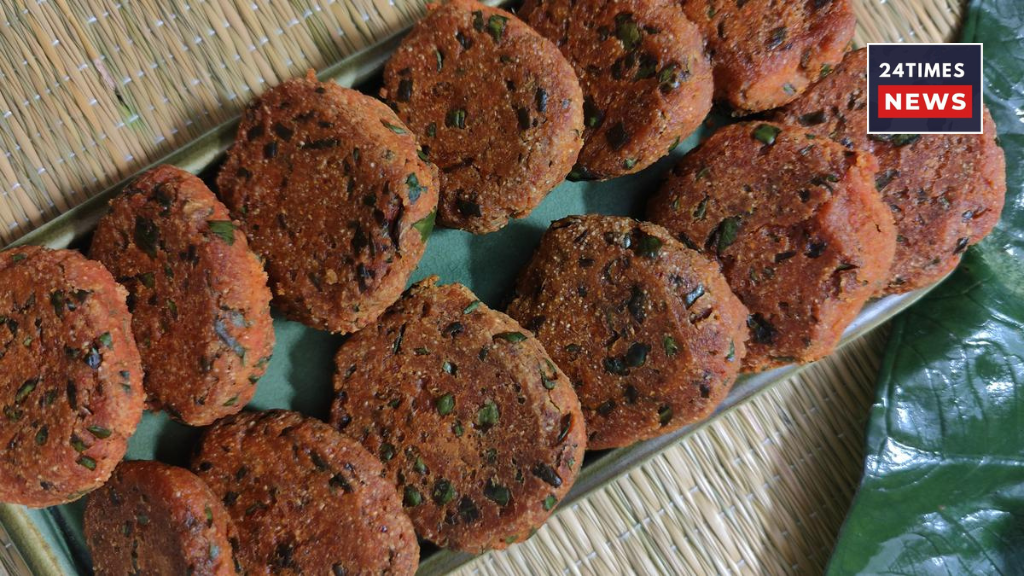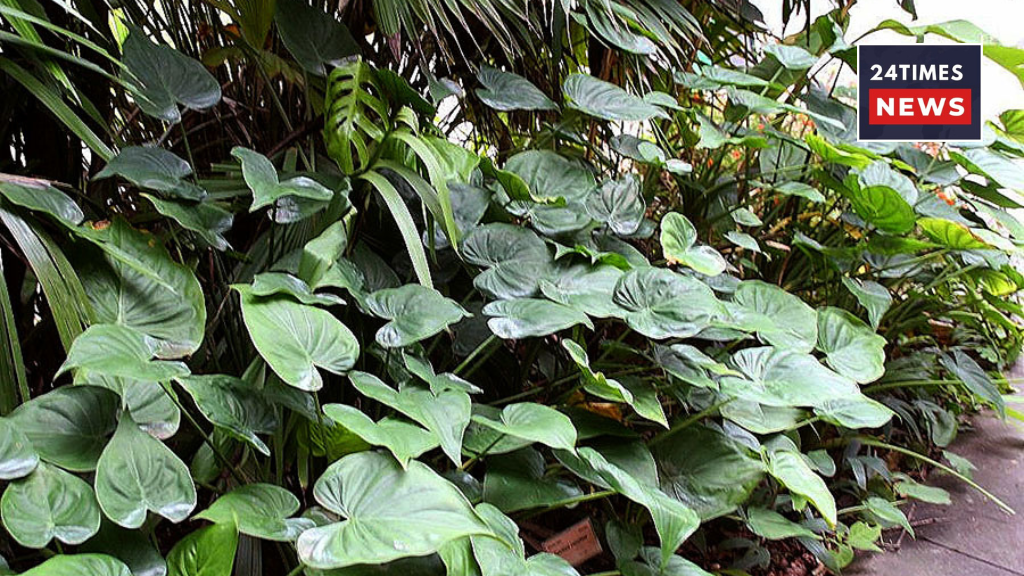There are a variety of ways to prepare taro leaves, from traditional benefits recipes to modern creations.
When I boil these enormous elephant ear leaves, as they are generally known, this is the primary criterion that has remained with me. A local ingredient that is plentiful during the monsoon season is kesavu, also called kesavina elle in Kannada. Colocasia, also known as taro leaves, is a very adaptable green whose leaves and shoots are used in many different recipes. It is particularly popular in the coastal states of Gujarat, Maharashtra, Goa, and Karnataka.
It has long been believed that eating these leaves during the rainy season will improve digestion and shield the body from the cold. Other seasonal treats, such bamboo shoots, are also included in their preparation. According to Shruthi Hegde, a fan of regional food and the program director of an NGO in Hyderabad, “these leaves thrive practically everywhere since the Western Ghats are rain-fed.”

extensive repertoire
Colocasia leaves, a highly prized green, are used in many different recipes, such as sambar, tangy side dishes, curries, crispy fritters, chutney, taro rolls, and the common pathrode, also known as colocasia pinwheels. With regional and even familial variants, the latter is perhaps the most well-known meal prepared from these leaves. Some use split chickpeas or chickpea flour as the base for the ground batter, while others include rice.

To what extent do taro leaves improve our health?
Colocasia leaves contain dietary nitrates that aid in blood pressure regulation. They lower the risk of heart disease since they are high in fiber and low in cholesterol. They include antioxidants like vitamin C and polyphenols that boost immunity and shield the body from free radicals.
Which nutrients can be found in the leaves of taro?
The United States Department of Agriculture (USDA) claims that taro leaves, also known as Colocasia leaves, are abundant in a number of vital nutrients. These leaves are rich in fiber and low in calories. Additionally, they include vitamins and minerals that support healthy bones, heart health, and immunity. Find out how much nutrition one cup contains.
Numerous variations
A batter made from rice, tamarind, red chillies, coriander, and cumin seeds that have been soaked in water for at least four to five hours forms the basis of the majority of colocasia meals. Coconut is used to grind this combination, and then salt, turmeric, and jaggery are added.

The leaves are covered with this batter, rolled, and steam-cooked before being sliced and tempered. Although the batter is used for other preparations, this is how colocasia rolls are made.
Mix the batter with the finely chopped leaves, form them into spheres, and deep-fry them like fritters. Simply ensure that the batter has a thick consistency. Another option is to spread the batter, known as chetti, on a pan like a savory pancake if the batter has become runny. Coconut oil enhances the flavor of both dishes.





